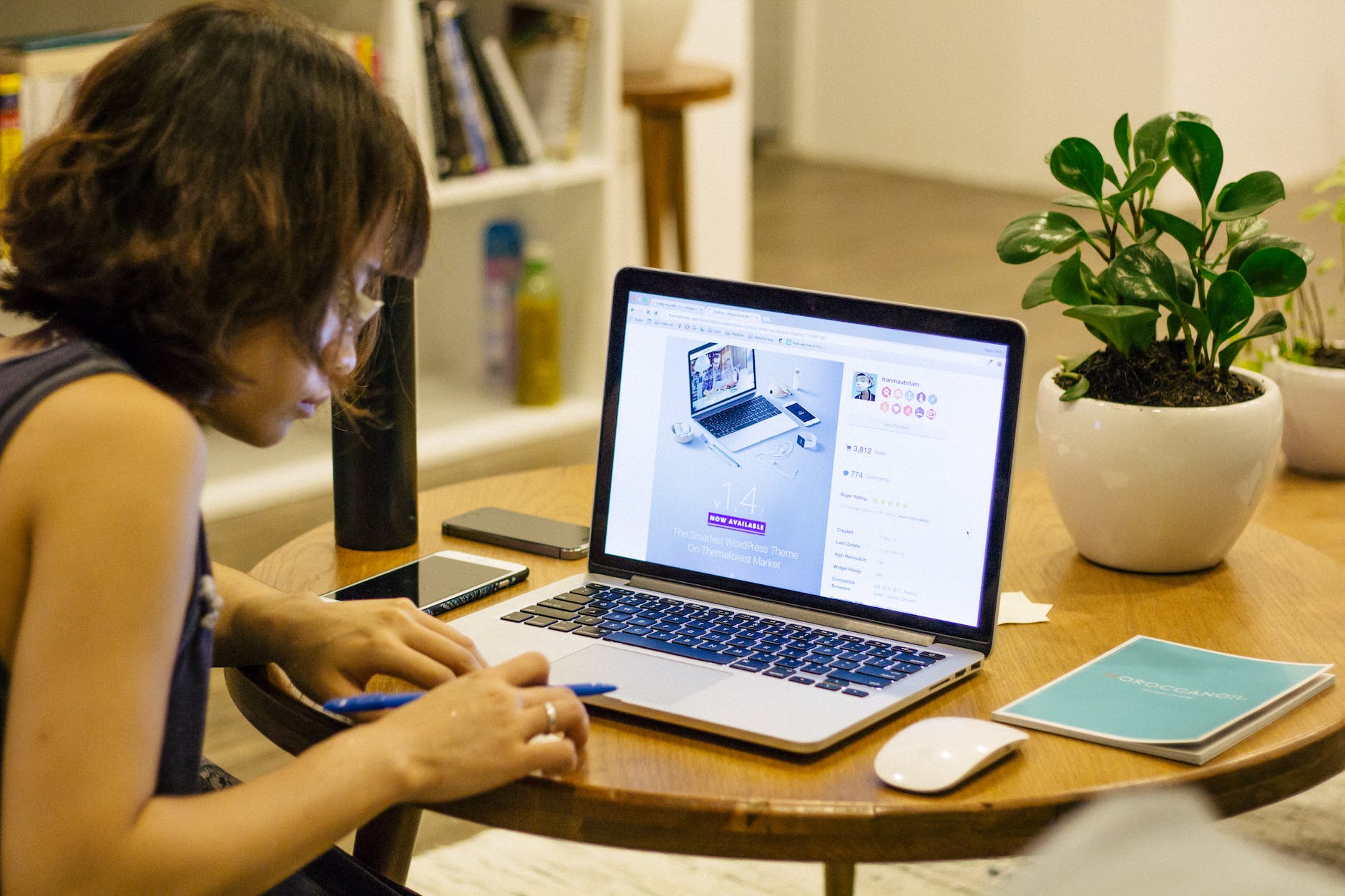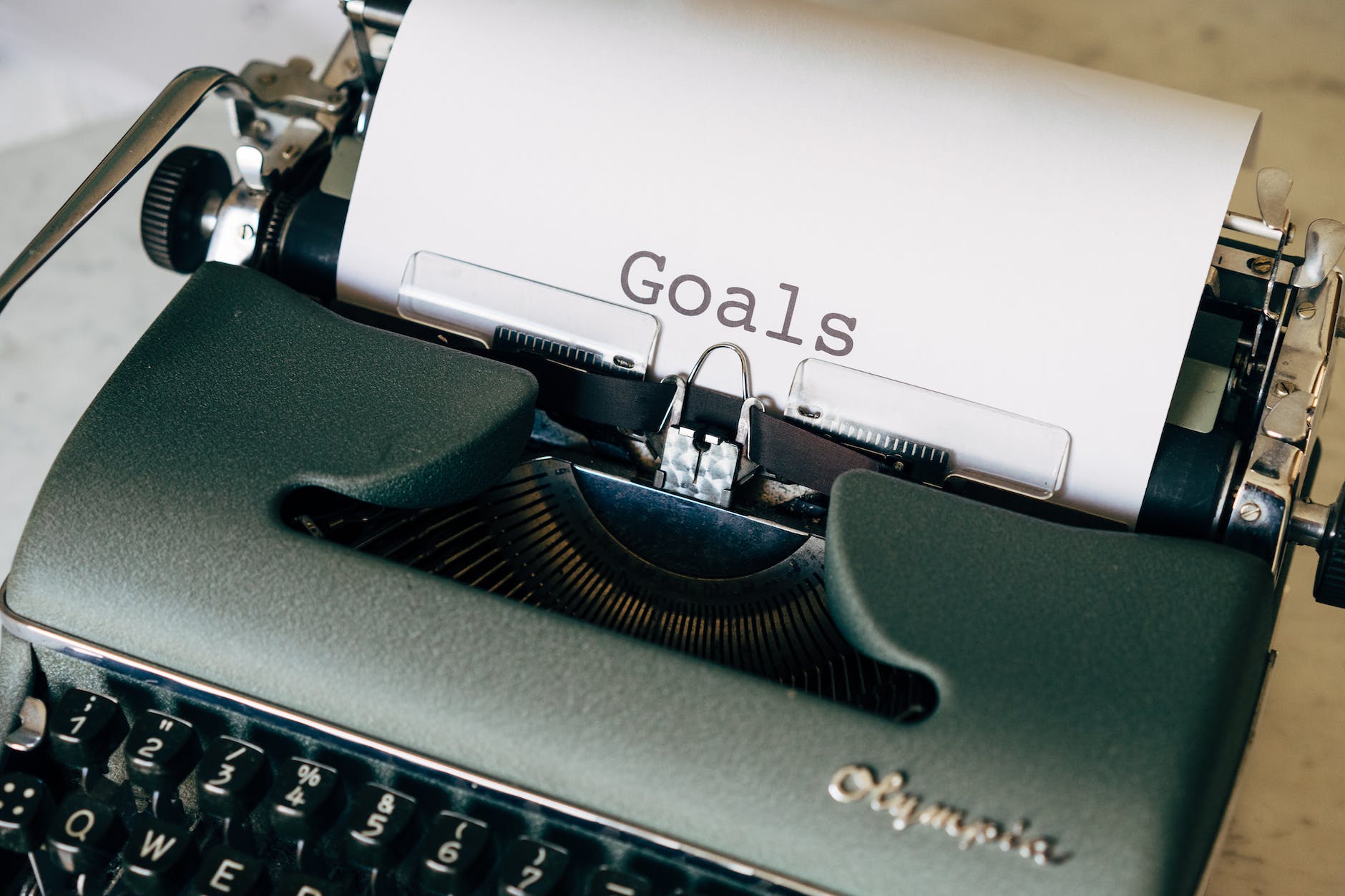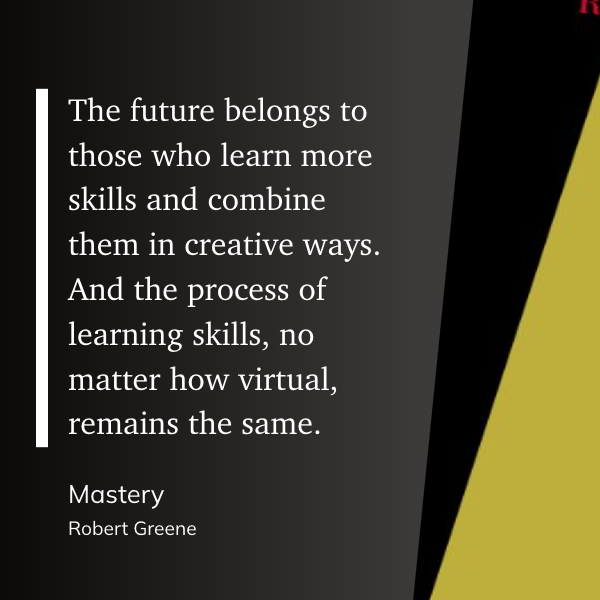
It’s the first newsletter of the new year, and I’ve got several cool things to share with you.
I’m still struggling to adjust back to normal life after the swirling nothingness that is the week between Christmas and New Year’s. We didn’t do much at our house besides reading, listening to new vinyl, and eating way more snacks than we should have.
But, life continues, and we meet a new year with new challenges head-on, no stopping.
I hope this year holds much joy and happiness for you. For now, here’s this week’s “10 things”…
10 Things Worth Sharing
- Embracing the New Year: Five Approaches to Goal-Setting and Growth in the Classroom
- Here’s a great discussion starter on the creative process and, perhaps, the work required to create something like this photo of a near-perfect alignment of cathedral, mountain, and moon
- Leveraging ChatGPT for customized learning
- Extinguishing students’ curiosity in learning (something we should avoid)
- Here’s a simple truth about the future that we educators can either ignore or embrace.
- Beyond English: Why Writing Belongs in Every Classroom
- Forget Happiness. This Ancient Greek Concept May Matter More for Student Mental Health.
- Finding the Solution by Identifying the Problem
- Research geek moment: A new study identifies the core themes of 131 popular songs about school. The authors investigate “how popular music lyrics over the past century have described the nature and dynamics of the Anglo-American student experience in formal schooling contexts,”–an insightful way to learn how many people likely feel about school (including many of our students, if we asked them).
- Finally, some very big news in the world of the public domain. On January 1, 2024, a certain cartoon mouse–at least one version of him–became free for anyone to use or adapt in any way they see fit. You can’t tell me that some of your students won’t find some creative way to incorporate said mouse into a project. Here are a few more creative works that entered the public domain this year
The Eclectic Educator is a free resource for everyone passionate about education and creativity. If you enjoy the content and want to support the newsletter, consider becoming a paid subscriber. Your support helps keep the insights and inspiration coming!








